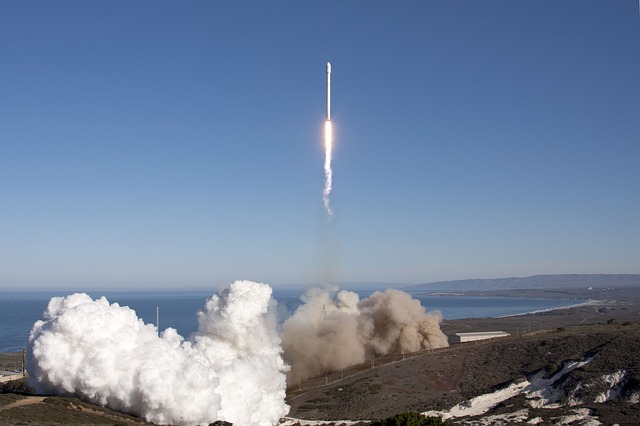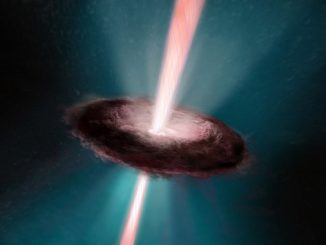
SpaceX Technologies, the private rocket company headed by Tesla (Nasdaq:TSLA) CEO Elon Musk, successfully completed its first launch of 2018 Sunday night (Jan. 7), sending into low-Earth orbit, which is up to 1,200 miles above the Earth, a highly classified U.S. government spacecraft for an undisclosed mission.
Except the mission’s secretive payload, codenamed Zuma, and the upright LZ-1 pad landing of Falcon 9’s first stage, that may be all we’ll ever know about the characteristics and vital statistics of the launch that SpaceX completed from its SLC-40 launch facility at Cape Canaveral in Florida Sunday evening. SpaceX went as far as cutting off its live broadcast a few minutes after separation of the payload from the rocket, citing the ‘restricted’ nature of the cargo. The idea is to leave no clues about the payloads’ final destination.
That said however, one of the mission’s few confirmed tidbits is that the launch contract was arranged by Northrop Grumman Corporation (NYSE:NOC) — the Virginia-based defense contractor that built the Zuma spacecraft.
According to Bloomberg, Northrop selected SpaceX to carry out the Zuma launch which was originally scheduled for Nov. 15, 2017, but was hit with several delays. In fact, a Northrop Grumman spokesperson told the publication that Musk’s company provided the “most affordable and lowest risk scenario for Zuma.” That goal is completely in line with Elon Musk and his company’s goal to drive down the cost of access to space.
Returning to Zuma’s clandestine aspect, SpaceX has done classified launches for the US Air Force and National Reconnaissance Office before, but this is the first time the goal and the name of the government entity behind the spacecraft launched have remained completely unknown.
The successful launch of the Zuma mission is the first in what is expected to be a busy year for SpaceX. Later this month the company plans to debut its Falcon Heavy, a rocket system that’s more than twice as powerful as any other rocket currently in use. In addition to accelerating its 2018 launch pace by launching 30 missions from 18 last year, SpaceX plans also to supersede the Falcon Heavy system with its 42-engines, 8-stories tall inter-planetary vehicle called the Big F—ing Rocket, or BFR, which is projected to transport humans safely to the surface of the moon in 2022, and to a Martian colony by 2024.
- Bulenox: Get 45% to 91% OFF ... Use Discount Code: UNO
- Risk Our Money Not Yours | Get 50% to 90% OFF ... Use Discount Code: MMBVBKSM
Disclaimer: This page contains affiliate links. If you choose to make a purchase after clicking a link, we may receive a commission at no additional cost to you. Thank you for your support!




Leave a Reply